After more than a year of preparations, Allied forces landed on the coast of Normandy on the morning of June 6, 1944. Germany expected an invasion and was well prepared. Field Marshal Erwin Rommel had fortified the coast with bunkers and physical obstacles. The actual landing, however, was expected to take place at Calais, where the English Channel is at its narrowest, and the fortifications therefore were strongest there. Even long after D-Day, Hitler believed that the landing was a decoy maneuver. Consequently, no massive reinforcements were sent immediately. The landing was given the name Operation Neptune and it was part of the larger Operation Overlord, whose goal was the liberation of France.
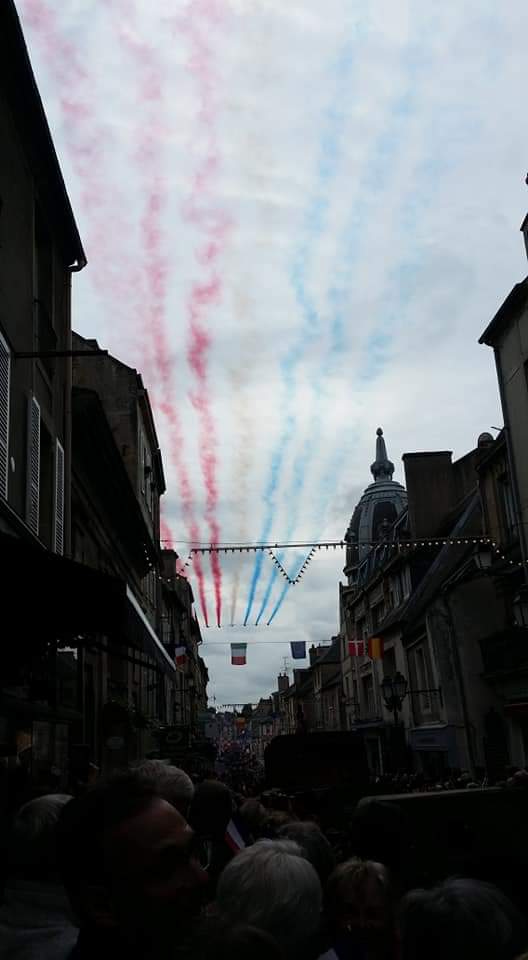
The landing is the largest amphibious operation ever, and lasted until June 30, 1944, when Allied forces liberated Cherbourg in western Normandy. About 7,000 ships transported 156,000 infantry troops to the five D-Day beaches: Sword, Juno, Gold, Omaha and Utah.
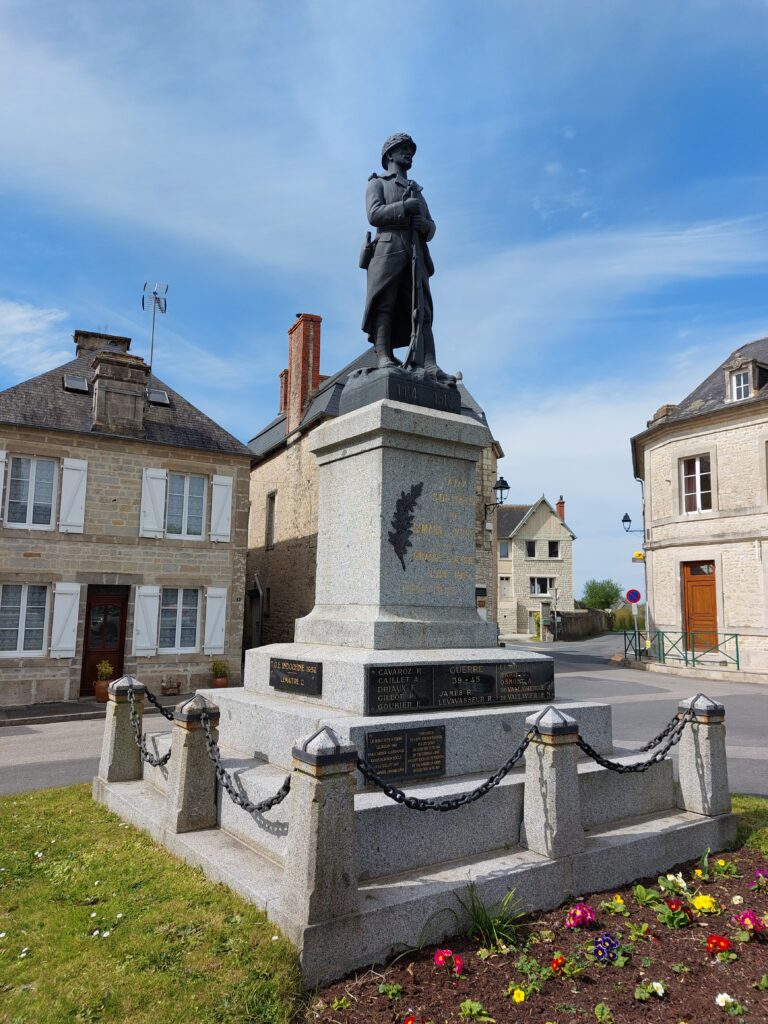
One village that was liberated in the morning hours of June 6th, was Saint-Marie-du-Mont, which changed hands several times during the day. The village was occupied by 60 German soldiers, who used the church tower as an observation post. On a clear day you can see all the way to the sea from the church tower.
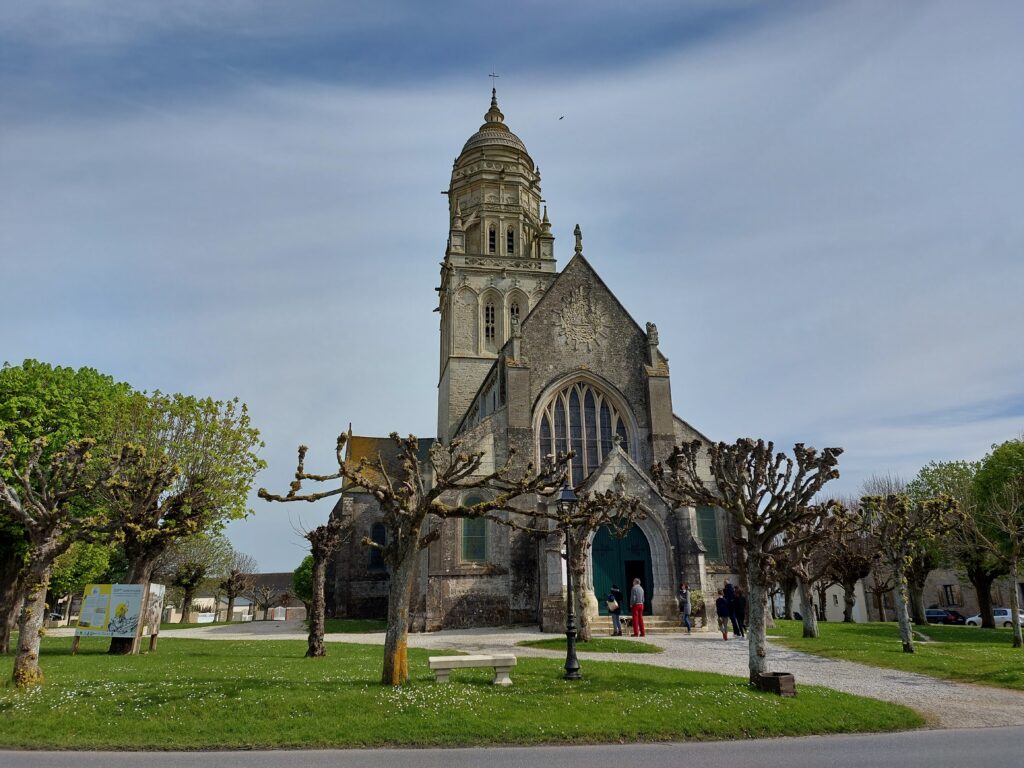
In the hours before the actual landing, paratroopers were released within the D-Day beaches, to prepare for the thousands of soldiers and vehicles that were to be landed. However, dense fog and heavy flak, led to only 1/3 of the paratroopers actually being released, and many ended up in the wrong place. The two German soldiers who were on duty at the bell tower fired at paratroopers before they suddenly disappeared.

When the priest came for the morning mass on D-Day, he found the two soldiers in the church, and they asked to be locked into the sacristy. “We promise not to touch anything!”, the soldiers said. ‘Not even the altar wine?’, the priest replied, before turning his back on them. The Allied paratroopers wanted to occupy the bell tower, and there were battles inside the church. Later, bullet holes and blood were found in front of the confessional. On the evening of June 6th, when everything had calmed down, the sexton went into the church and started the clean-up. Sweeping up the rubble in the church nave, dust swirled up. Suddenly he heard a sneeze, and he found two German soldiers who had been hiding inside the confessional.
In Sainte-Marie-du-Mont, as many other places in Normandy, there is a shop that exclusively sells goods from the war universe. Here you can, among other things, buy this charming little sign:
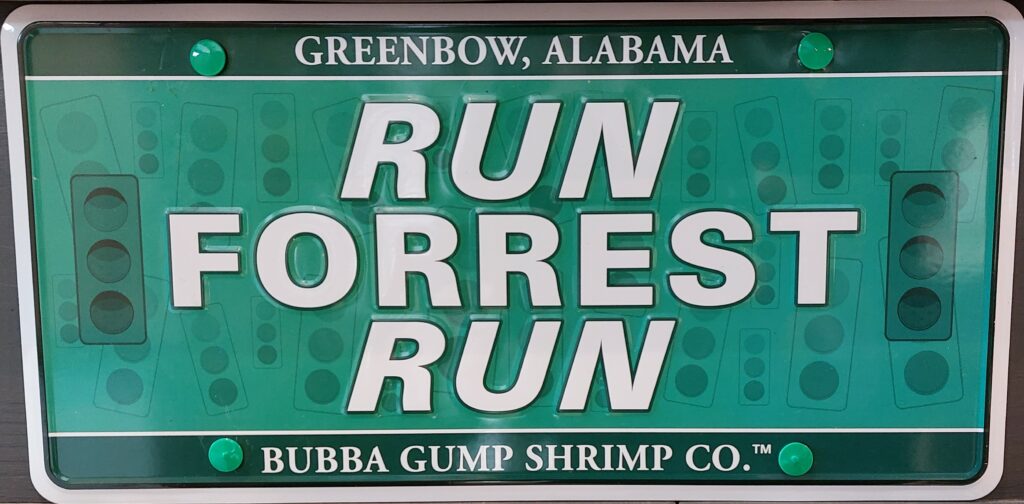
4 miles from Sainte-Marie-du-Mont lies Utah Beach, the westernmost of the D-Day beaches. Here you can find a memorial in honor of Andrew Jackson Higgins, who designed the American LCVPs (Landing Craft Vehicle, Personnel) used during Operation Neptune. According to D.D. Eisenhower (who led the entire operation): ‘The man who won the war for us’.
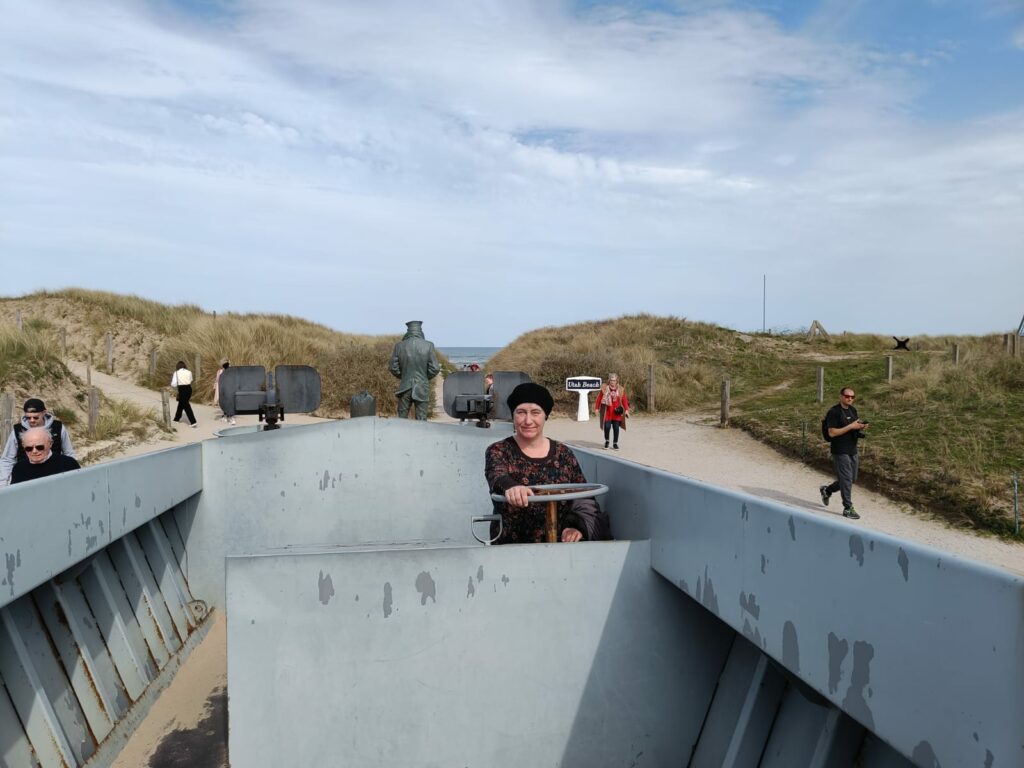
Utah Beach was worth a bath. The water was fresh and clear with fun waves to jump through. And here we could not see any signs warning of strong currents.
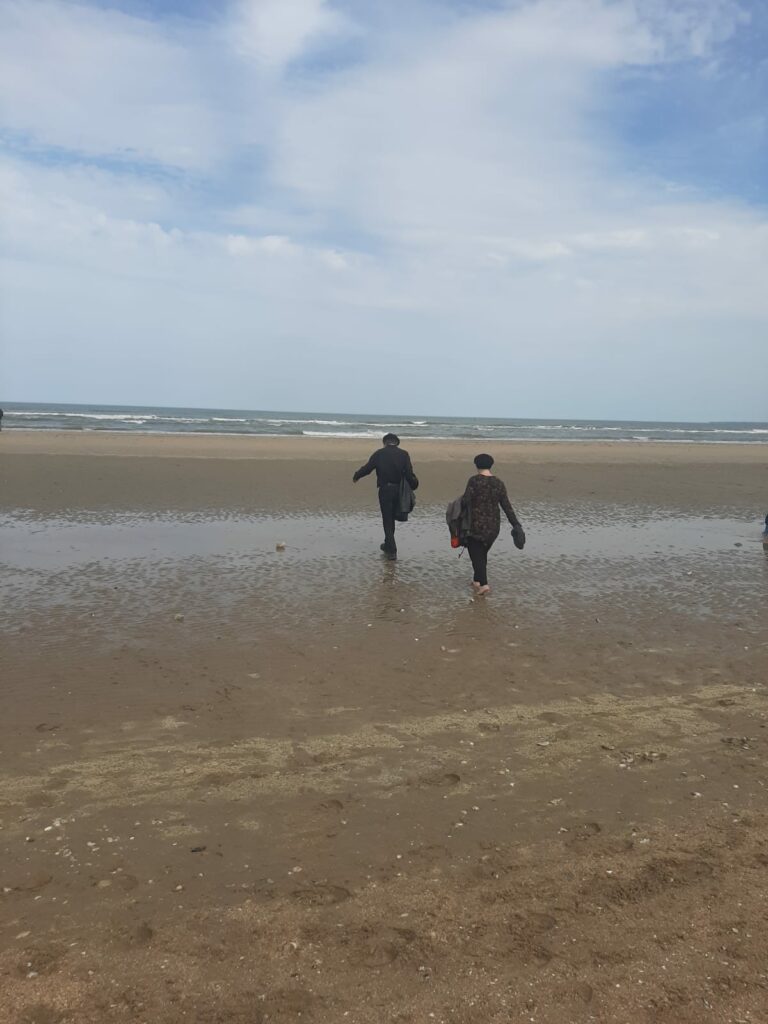
There are fewer people here than on Omaha Beach, but they had horses on the beach.
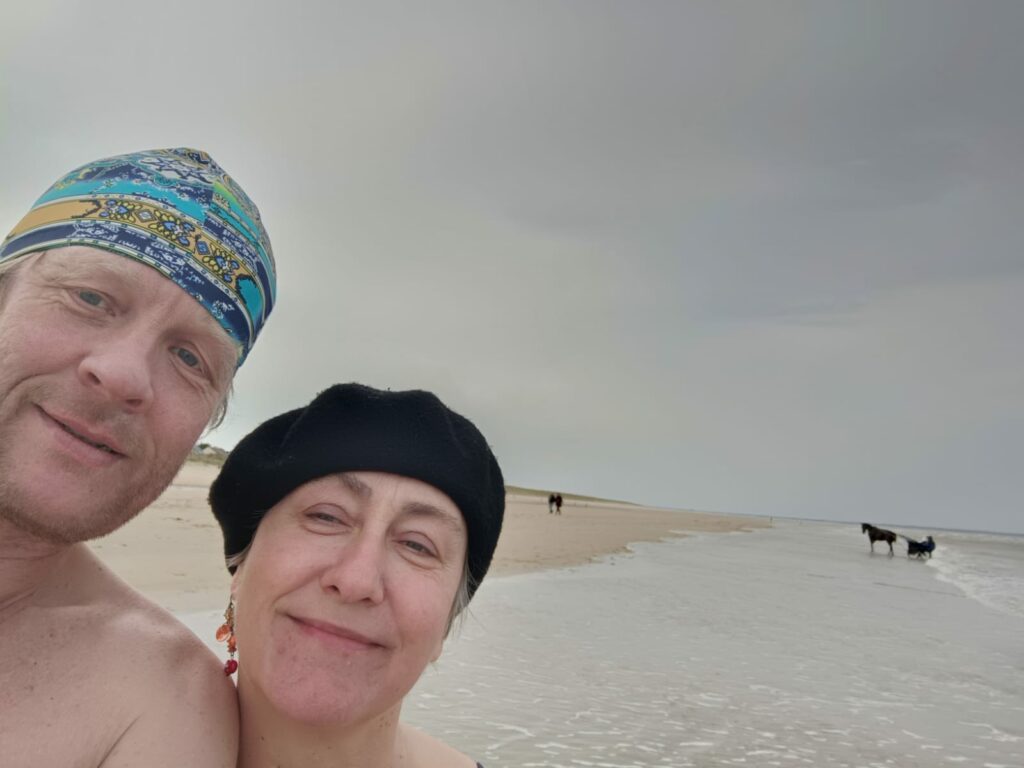
A bath at Utah Beach was just right!